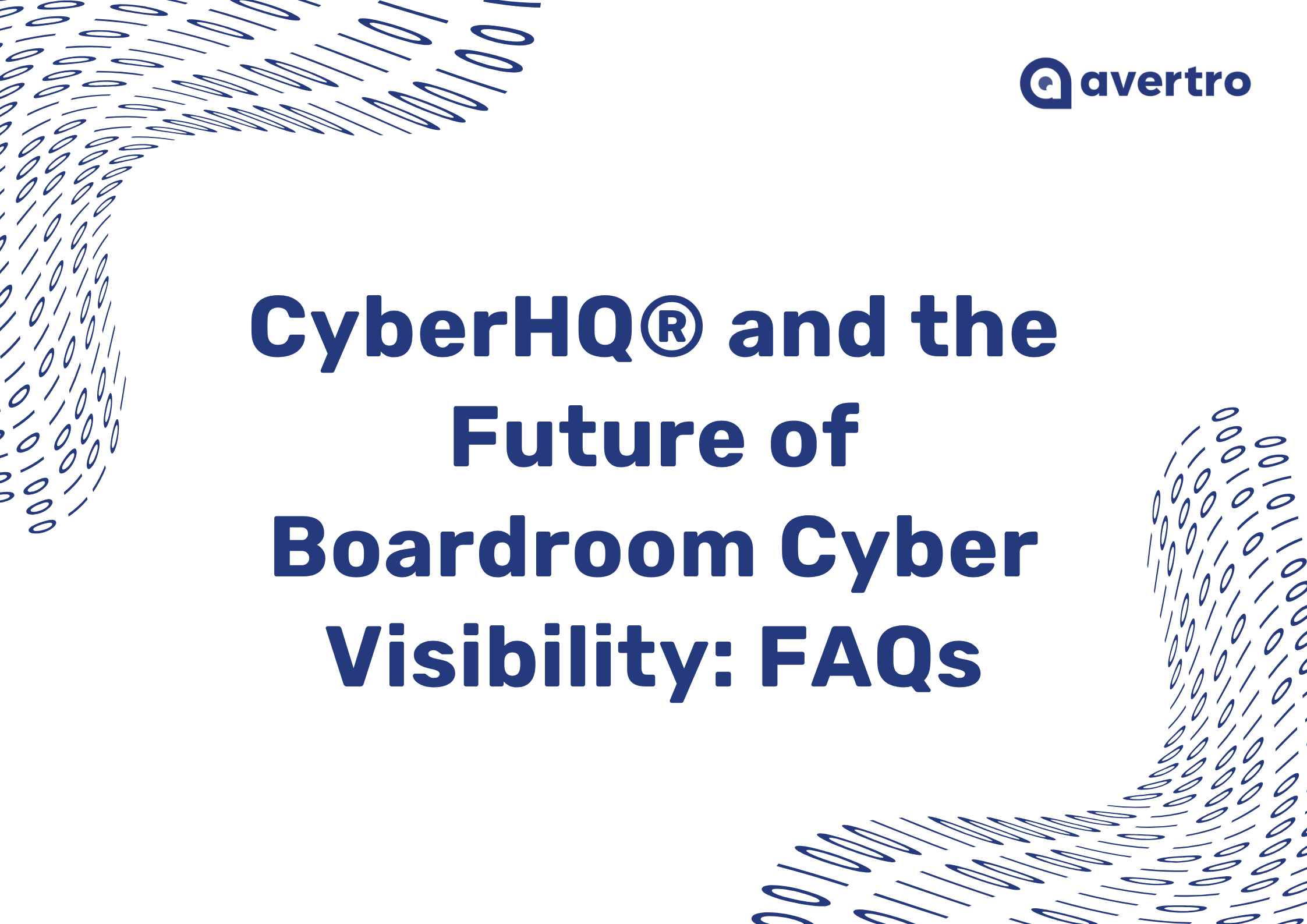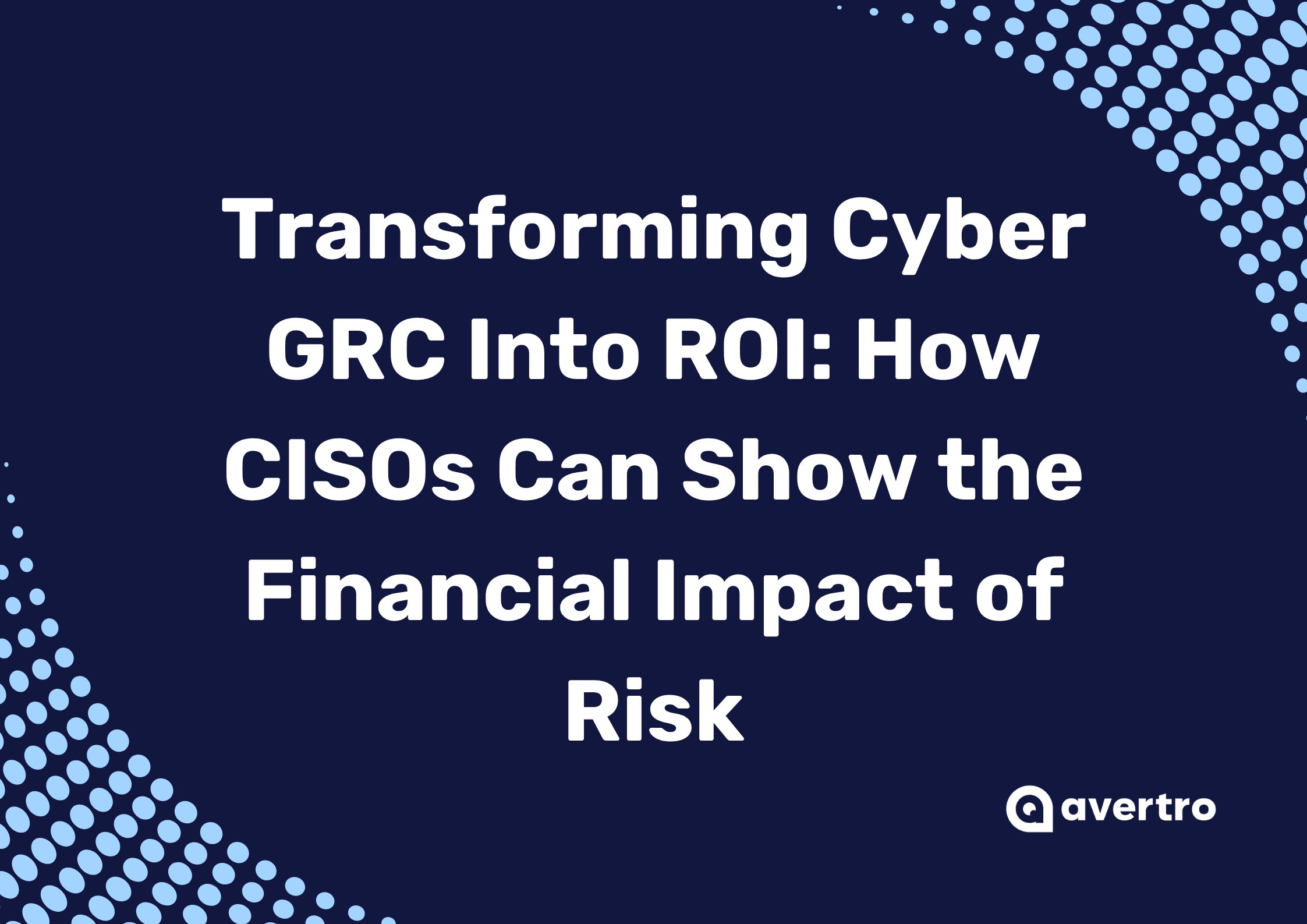With the increasing sophistication of cyber threats targeting the financial sector, the New York Department of Financial Services (NYDFS) cybersecurity regulations have become a critical blueprint for safeguarding financial institutions. For Class A companies, these regulations are not just guidelines but mandates for ensuring robust cybersecurity measures are in place. This blog post explores strategic approaches to effectively implement the NYDFS rules, ensuring not only compliance but also a fortified cybersecurity posture.
Understand the Scope and Requirements
The first step towards effective implementation is to fully understand the scope and specific requirements of NYDFS cybersecurity regulations. This entails a detailed review of the regulations to identify which aspects apply to your organization, considering your size, operations, and the nature of the data you handle. It’s crucial for companies to comprehend the nuances of requirements such as board oversight, risk assessments, technical controls, access management, and incident response strategies. Gaining a deep understanding of these elements lays the foundation for a tailored compliance strategy.
Establish a Governance Framework
Effective compliance starts with strong governance. Establishing a governance framework involves defining clear roles and responsibilities for cybersecurity across the organization, from the board of directors down to individual employees. This framework should ensure active oversight of cybersecurity risk management by senior leadership and the board, as mandated by NYDFS. It also includes setting up dedicated cybersecurity committees or working groups to oversee the implementation of the regulations and to foster a culture of cybersecurity awareness throughout the organization.
Conduct Comprehensive Risk Assessments
At the heart of NYDFS regulations is the requirement for ongoing, comprehensive risk assessments. These assessments should be dynamic, reflecting changes in the threat landscape as well as in the company’s operations and technology infrastructure. Implementing a structured risk assessment process that identifies, assesses, prioritizes, and mitigates risks is key. This involves not just evaluating current cybersecurity practices but also anticipating potential future threats and vulnerabilities. Risk assessments should be documented thoroughly, providing a roadmap for addressing identified risks and demonstrating compliance efforts.
Implement Robust Technical Controls
NYDFS rules specify a range of technical controls designed to protect against cyber threats. Implementing these controls effectively requires a combination of technology solutions and operational processes. This includes deploying multifactor authentication, encryption of sensitive data, regular penetration testing, and vulnerability assessments. Companies should also focus on developing and maintaining secure information systems and networks, ensuring that cybersecurity measures are integrated into the technology architecture from the ground up.
Develop and Test Incident Response Plans
An effective incident response plan is crucial for minimizing the impact of cybersecurity incidents. NYDFS regulations require covered entities to have a plan in place that outlines procedures for responding to, and recovering from, cyber incidents. This plan should be comprehensive, covering aspects such as internal and external communication, containment strategies, and recovery processes. Regular testing and drills are essential to ensure the plan is effective and that staff are familiar with their roles in the event of an incident.
Foster a Culture of Cybersecurity Awareness
Achieving compliance with NYDFS regulations is not solely a technical or procedural challenge; it requires fostering a culture of cybersecurity awareness across the organization. This involves regular training and education for all employees, emphasizing the importance of cybersecurity and their role in maintaining it. A strong cybersecurity culture helps mitigate risks associated with human error and ensures that cybersecurity considerations are integrated into daily operations.
Leverage Expertise and Tools
Given the complexity of NYDFS cybersecurity regulations, leveraging external expertise and tools can be highly beneficial. Cybersecurity consultants and legal advisors can provide valuable insights into compliance strategies and regulatory nuances. Similarly, cybersecurity management platforms and tools can streamline compliance processes, from risk assessments to incident reporting. These resources can enhance an organization's ability to implement NYDFS rules effectively and maintain compliance over time.
Effectively implementing the NYDFS cybersecurity regulations requires a comprehensive, structured approach that encompasses governance, risk management, technical controls, incident response, and cultural change. By following these strategic steps and leveraging available resources, financial institutions can not only comply with NYDFS mandates but also significantly strengthen their cybersecurity defenses, protecting their operations and their customers in the face of evolving digital threats.
How Avertro Can Help Companies Effectively Implement the NYDFS Rules
In navigating the complexities of the NYDFS cybersecurity regulations, partnering with Avertro can significantly streamline the implementation process for Class A companies. Avertro's cybersecurity governance platform is designed to facilitate compliance with these rigorous standards by offering an integrated suite of tools that assist in conducting thorough risk assessments, managing and documenting compliance efforts, and implementing robust cybersecurity measures. With Avertro, companies can benefit from expert guidance on governance frameworks, real-time insights into their cybersecurity posture, and tailored solutions that address the specific requirements of NYDFS regulations. By leveraging Avertro's capabilities, organizations can not only ensure compliance more efficiently but also enhance their overall cybersecurity resilience, thereby protecting their operations and their customers from the ever-evolving landscape of cyber threats.







